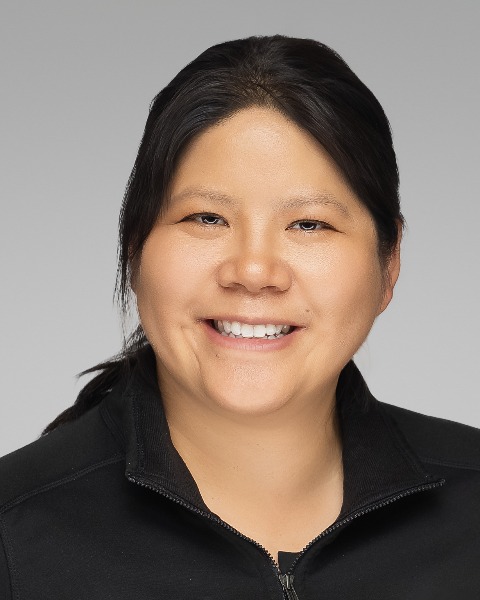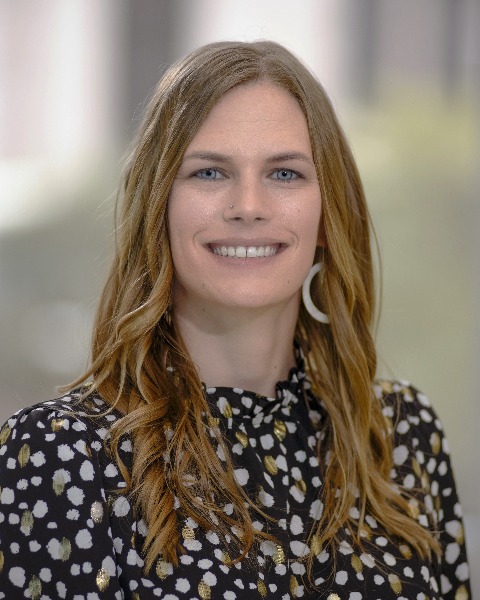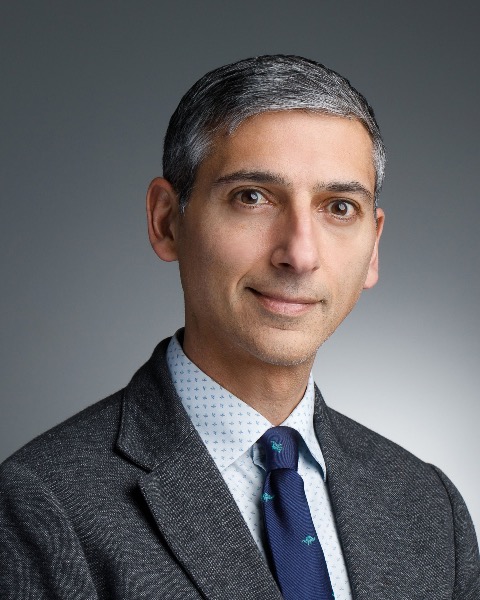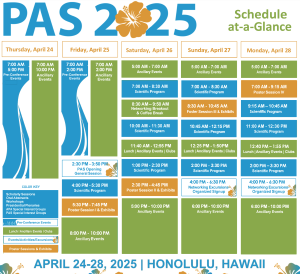Community Pediatrics
Critical Care
Emergency Medicine
General Pediatrics
Hospital Medicine
Medical Education
Public Health
Trainee
Practice Makes Prepared: Pediatric Mass Casualty Drill Workshop
-
.jpg)
Joyce Li, MD MPH (she/her/hers)
Assistant Professor in Pediatrics and Emergency Medicine
Boston Children's Hospital
Medford, Massachusetts, United States -

Anna Lin, MD (she/her/hers)
Clinical Professor
Stanford School of Medicine
Stanford, California, United States -

Nichole Davis, MD, MEd
Assistant Professor
Baylor College of Medicine/Texas Children's Hospital, United States -

Brent Kaziny, MD (he/him/his)
Associate Professor
Baylor College of Medicine
Houston, Texas, United States -
KW
Kari Wellnitz, MD
Clinical Associate Professor
University of Iowa Stead Family Children's Hospital
Iowa City, Iowa, United States -

Mark Cicero, MD
Associate Professor
Yale School of Medicine
New Haven, Connecticut, United States -
MA
Marc Auerbach, MD MSci
Professor
Yale School of Medicine
new haven, Connecticut, United States -
SC
Sarita Chung, MD (she/her/hers)
Director, Disaster Preparedness, Division of Emergency Medicine
Boston Children's Hospital
Boston, Massachusetts, United States
Leader(s)
Co-Leader(s)
Workshop Description: Pediatric mass casualty events are increasing, attributable to both climate change and an increase in active shooter events. Mass casualty events are sporadic and difficult to predict and can impact different areas of health care systems at different times. Recognizing that healthcare systems may have different resources for emergency management, this workshop is designed to help pediatric providers in the emergency department and beyond practice responses to a pediatric mass casualty event, and align with The Joint Commission accreditation standards of at least two disaster drills (an exercise in which circumstances of a disasters are simulated to allow for the opportunity to both practice and test an operations plan) annually.
In this workshop, participants will learn from disaster medicine experts about three different types of mass casualty drills. These drills include 1) a tabletop drill, 2) mini (less than one hour) in-situ simulation drills , and 3) a full hospital drill.
Our team represents national leaders in disaster medicine who will briefly present each type of drill and logistics regarding drill set-up based on their own hands-on experience leading these drills at their institutions. In the main activity, participants will interact with experts for a verbal walk through of each drill and explore drill materials with small group discussions about best strategies for local implementation of these drills. Participants will leave with a toolkit that contains all three types of drills including sample cases, planning materials and means to start implementation at their own institutions.
Learning Objectives:
- Describe three modalities for mass casualty event drills: 1) tabletop exercises, 2) mini in-situ simulation drills and 3) full hospital drills
- Assess each type of drill and drill materials with disaster medicine experts
- Investigate strategies for launching and evaluating tabletop, in-situ and full-scale drills at participant’s home institutions

